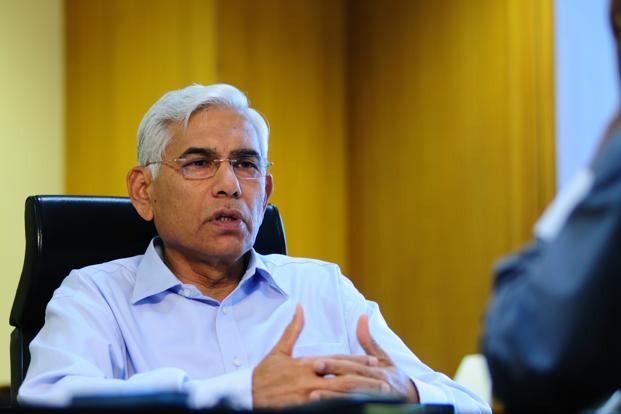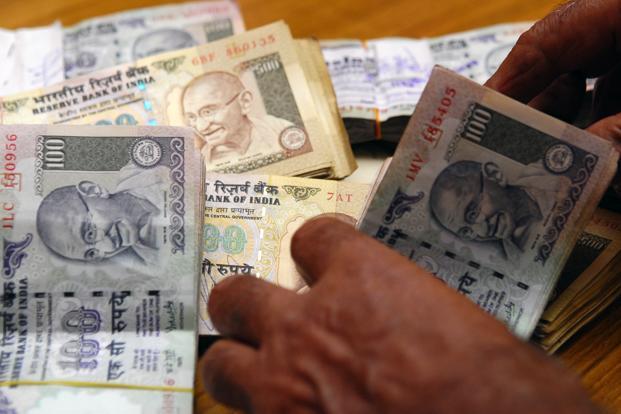Early April, after the first meeting of the Banks Board Bureau at the Reserve Bank of India (RBI) central office in Mumbai, minister of state for finance Jayant Sinha tweeted: “excellent discussions at the Banks Board Bureau meeting today”. Subsequently, it held another meeting, but we still don’t know the exact terms of reference for this bureau.
A government release had earlier said that the bureau was being set up to improve the governance of public sector banks. It would recommend for selection the heads of public sector banks and financial institutions and help banks in developing strategies and capital-raising plans.
Vinod Rai, a former comptroller and auditor general of India, is the chairman of the bureau. Its members include Anil K. Khandelwal, a former chairman of Bank of Baroda; H.N. Sinor, a former joint managing director of ICICI Bank Ltd, who also headed two national lobbies of banks and mutual funds; and Roopa Kudva, a former managing director of rating company Crisil Ltd and now managing director of Omidyar Network India Advisors, a US-based philanthropic investment firm. Then, there are three so-called ex officio members—R. Gandhi, a deputy governor of the RBI; Anjuly Chib Duggal, secretary, department of financial services, in the ministry of finance; and Ameising Luikham, secretary, department of public enterprises.
Saddled with a large pile of bad assets, public sector banks need dollops of capital. They also need to focus on sharpening efficiency and strengthening corporate governance. How will the board help banks in developing strategies and raising capital? I am sure the competent members of the board will pick the right candidates for the top jobs at these banks, but what about the other directors on the board? If there is no change in the constitution of the board and the bureau does not have any say in the selection of independent directors, it will be difficult to help these banks develop strategies and raise capital as many directors on the boards of various banks neither understand strategy nor do they lend credibility to their institutions.
Finance minister Arun Jaitley announced in August the plan to set up the bureau as part of the Indradhanush programme to revamp state-run banks. It was expected that the bureau would help create a holding company for the government’s stakes in the public sector banks and facilitate consolidation in the sector, something which the government has been pushing for even as the banking regulator is planning to open up the sector further and exploring options of allowing different types of banks to set up shops.
A committee set up by the RBI to review the governance of bank boards, headed by former chairman and managing director of Axis Bank Ltd P.J. Nayak, in May 2014 had suggested the formation of the bureau as a first stage in a three-phase process to empower the boards of public sector banks. In the run-up to the incorporation of a Bank Investment Company as an intermediate holding company for these banks, the bureau would advise on all board appointments, including the whole-time directors and the top bank management, to “professionalize and depoliticize” the appointment process. The members of the bureau would have a tenure of three years or until powers are passed on to the investment company, whichever is shorter, and their remuneration would at least be on a par with the senior bank chiefs, the panel had recommended.
The investment company can be set up only after legislative changes. For instance, the Bank Nationalisation Acts of 1970 and 1980 and the SBI Act and the SBI (Subsidiary Banks) Act need to be repealed and all banks need to be incorporated under the Companies Act ahead of this. Indeed, this is a long-drawn process, but by keeping mum on this and selectively picking only the suggestion of setting up the bureau, what the government is doing is essentially replacing the appointments committee with the bureau.
After the CBI found that the appointment of Syndicate Bank’s former chairman and managing director S.K. Jain was not appropriate (following his arrest for accepting a bribe and being sacked in September 2014), the government scrapped the selection of heads of quite a few public sector banks and overhauled the entire selection process. It constituted three screening committees of two members each—a deputy governor of RBI, financial services secretary and four independent experts. In the second stage, the recommendations of these committees were to be screened by an appointment board, headed by the RBI governor.
The bureau is nothing but pouring old wine in a new bottle as there is no change in its constituents: An RBI deputy governor, two bureaucrats and four external experts—Rai, Khandelwal, Sinor and Kudva.
The gross non-performing assets (NPAs) of the state-run banks rose by about Rs.1.3 trillion in the December quarter to Rs.3.93 trillion and those of all publicly traded banks were to the tune of Rs.4.38 trillion. After provisions, net NPAs of the listed banks crossed Rs.2.5 trillion in December, and state-run banks accounted for more than 90% of this. Fifteen Indian banks in December had at least 7% and up to 12.64% gross NPAs and 14 of them are in the public sector. The situation will take a turn for the worse once public sector banks announce their March-quarter earnings.
It will not be easy to raise capital unless the government plans to overhaul the way public sector banks operate and this cannot be done by merely asking the bureau to select bankers for the top jobs. The government must clarify whether it is an intermediate step towards setting up the investment company, and if it is, then the scope of work must be widened to include the appointment of independent directors of the board, as envisaged by the Nayak committee. It also must look at the tenure of the managing director and the chief executive and the compensation of senior bankers, among other things. Finally, the process of appointment must also change.



